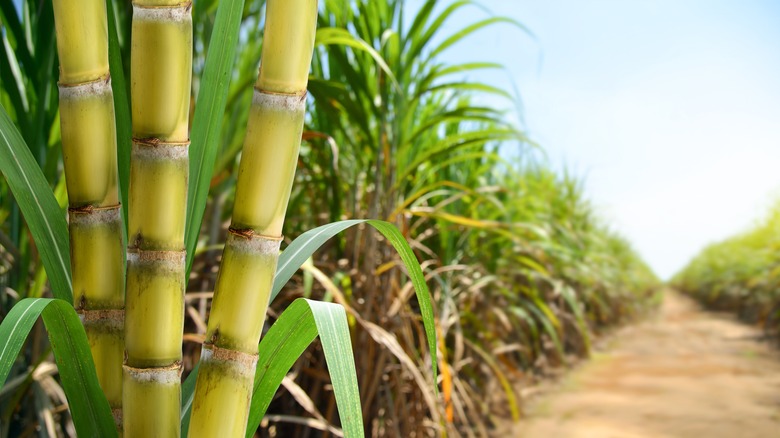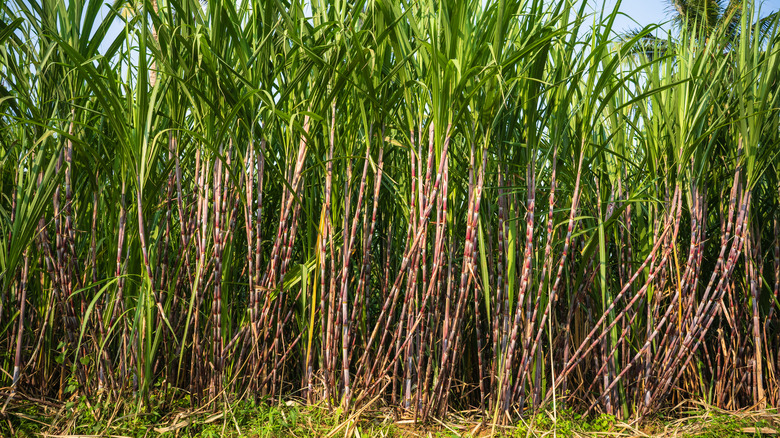Texas' Last Remaining Sugar Cane Grower Is Shutting Down
It's the end of a long era in the sugar cane-growing region of South Texas. For much of the 1800s, the Lone Star State was the second-leading sugar producer in the United States. After a period of growth, Texas produced 998,000 tons of cane sugar in 1980. But times have changed. Between 2023 and 2024, the state produced roughly 44,000 tons. Now the final sugar cane grower, Rio Grande Valley Sugar Growers, Inc. will end operations after the current crop is processed. In a press release, the company cited a lack of dependable water supply as the reason for closing. Currently, more than 500 people are employed in sugar growing and milling, both full-time and seasonally in the Rio Grande Valley, and the industry is a major economic driver in the area.
Water shortages are blamed on a treaty dispute with Mexico. Water for irrigation comes from the Rio Grande River, which runs along the Mexico-U.S. border. The river is a major source of hydroelectric power for Mexico, which operates dams and reservoirs to store water needed for Mexican crops as well. Under the terms of the 1944 Treaty, Mexico is obligated to share water with the U.S. in cycles of five years. It has often used rainwater runoff to meet downstream regions' needs. Yet with more frequent droughts and less rainfall each year, the Mexican government is under pressure from its own farmers to preserve reservoir water.
Long legacy of sugar in Texas
Sugar cane was introduced to Texas in the early 1800s, decades before the territory achieved statehood in 1845. The city of Sugar Land, near Houston, Texas, owes its name to the industry. Imperial Sugar was founded there in 1842, and although it no longer refines sugar in Texas, the corporate headquarters remains. Rio Grande Valley Sugar Growers operated for over 50 years in South Texas, but growers have had problems with the water supply for the last 30 years. Farmers currently receive just 5% of their scheduled water allotment, and sugar cane is a water-intensive crop.
The remaining sugar cane growing areas of the United States — Louisiana and Florida — provide millions of tons of refined sugar, much more than Texas supplied historically. The U.S. also imports sugar from Mexico, although the water shortages hurt sugar crops there as well. Only about 45% of sugar produced in the US comes from cane, with the remainder coming from sugar beets.

